This recipe puts the NUT in doughnut holes. Made from ground almonds, nut butter and a few other ingredients, these no-bake, raw doughnut holes can be whipped up in a flash.
I devised them one day when I wanted just a very small dessert to go with my afternoon tea but didn’t have anything in the house. A package of ground almonds happened to be sitting on my kitchen counter next to a jar of almond butter, and that reminded me of making truffle-like creations with ingredients like those in the early 2010s when raw food was popular. After stirring the almonds and almond butter together with some maple syrup, vanilla and a tiny bit of salt, and then rolling them into balls, I realized they were like a more filling, stick-to-your-ribs version of the doughnut “holes” you can get from doughnut shops. Especially with a dusting of cinnamon.
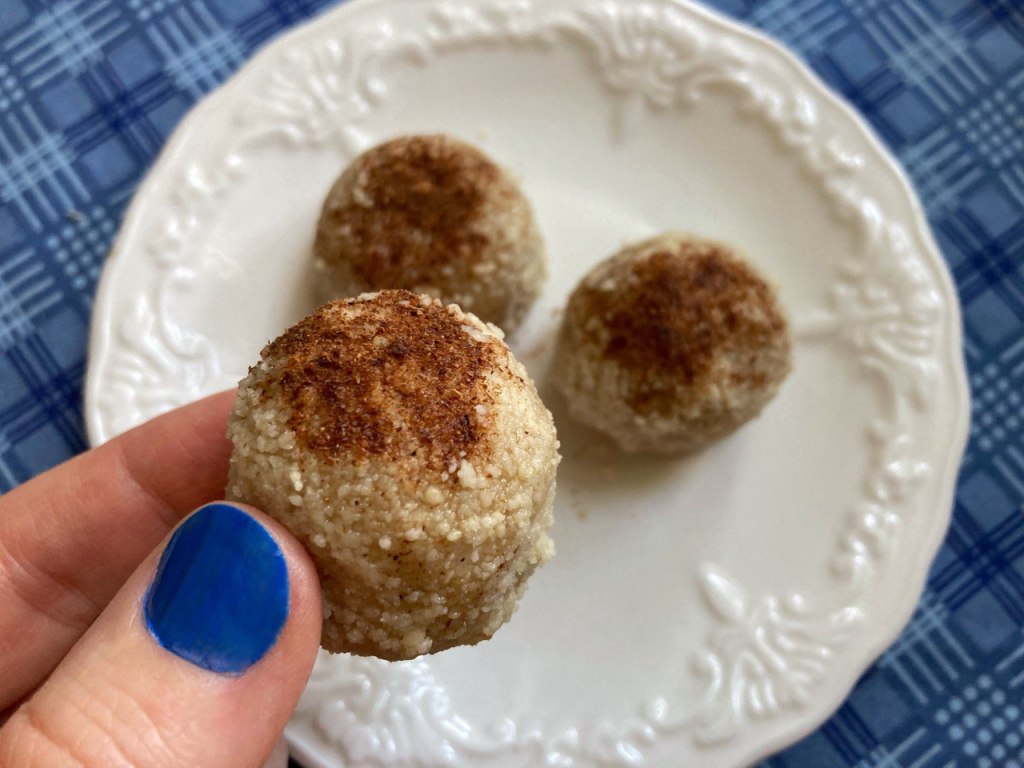
These doughnut holes are better for you than their traditional counterpart, with their protein content and as a source of vitamin E and minerals such as calcium, phosphorus and magnesium, as well as certain phytonutrients. Almonds furthermore have antioxidant and anti-inflammatory properties, and although calorie-dense, are not associated with weight gain, possibly because the fat and fiber content help promote feelings of satisfaction and fullness.
They’re also nice on a hot summer day when you don’t want to fire up your oven.
Countless variations are possible, since many types of ground nuts and nut (or seed) butters can be used. I like the almond flavor of these, but it would be interesting to try a version with peanut butter, pistachio butter or black tahini. For the doughnut holes pictured here, I used white almond butter.
Nutty doughnut holes
Makes three doughnut holes.
- 6 tablespoons ground almonds, plus extra for coating
- 3 teaspoons almond butter (the thicker the better)
- 3 teaspoons maple syrup
- 1/4 teaspoon vanilla extract
- small pinch of salt
- 1/2 teaspoon ground cinnamon
Directions
Mix all the ingredients except the cinnamon together with a spoon in small, round-bottomed bowl. Adjust the quantities as needed: if your nut butter is on the runny side, or you use more maple syrup for a sweeter result, you may need to add more ground almonds to compensate. Roll the paste into balls with your hands, then coat the balls with extra ground almonds. Finally, dab the tops of the balls in some cinnamon (this helps it to stick better), or dust the cinnamon on top. Serve immediately, as is, or place in the refrigerator for an hour for a firmer result.
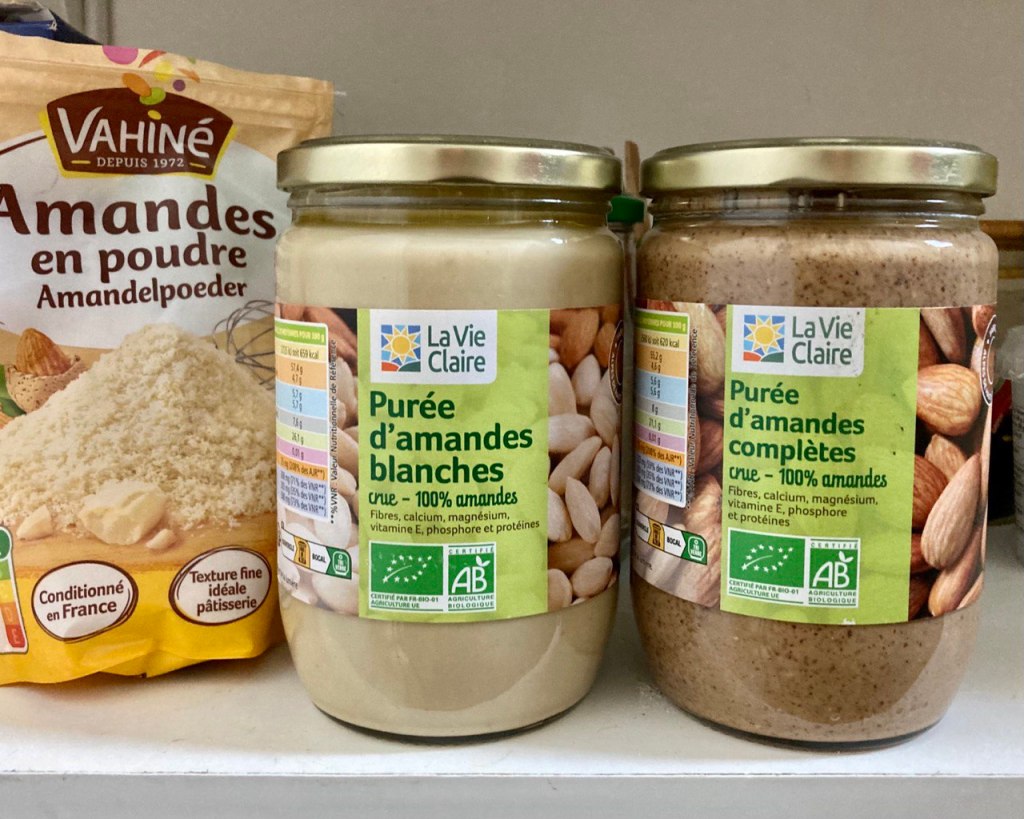
Just about any nut or seed butter will work. Try to use one that’s fairly thick (the white almond butter I used was a bit on the runny side and I had to add more ground almonds).
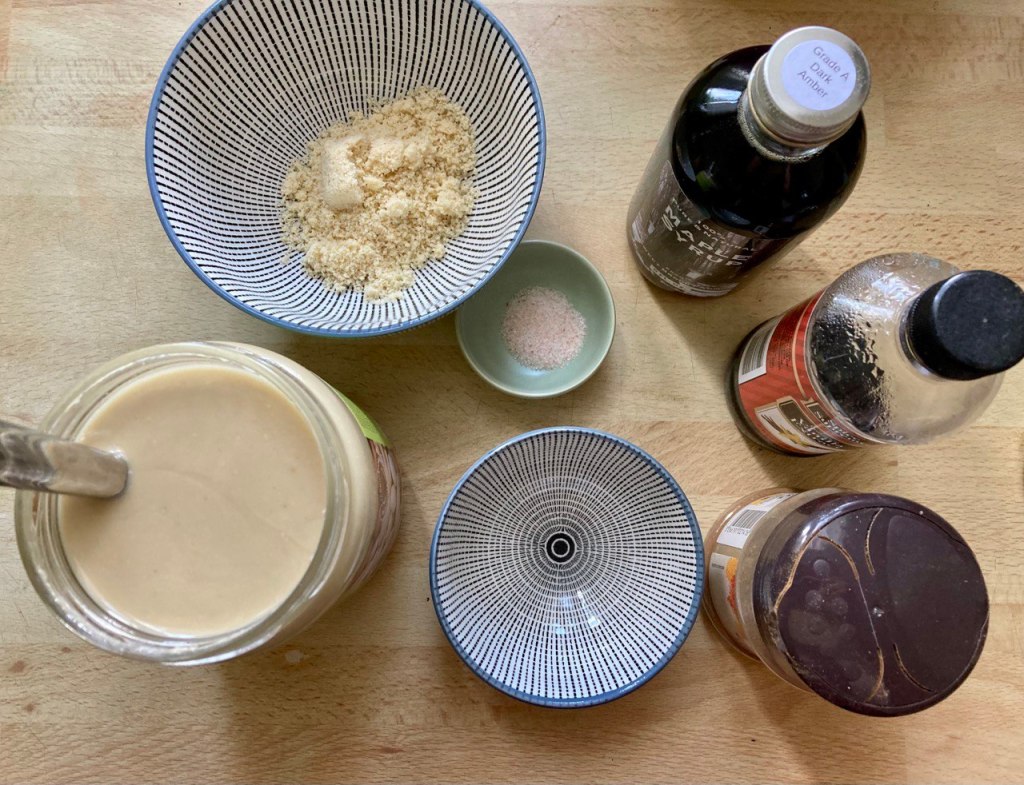
Mise en place. I received the maple syrup, a very nice high-grade, artisanal variety from Williamstown, Massachusetts, as a gift from a thoughtful client who lives in the area.
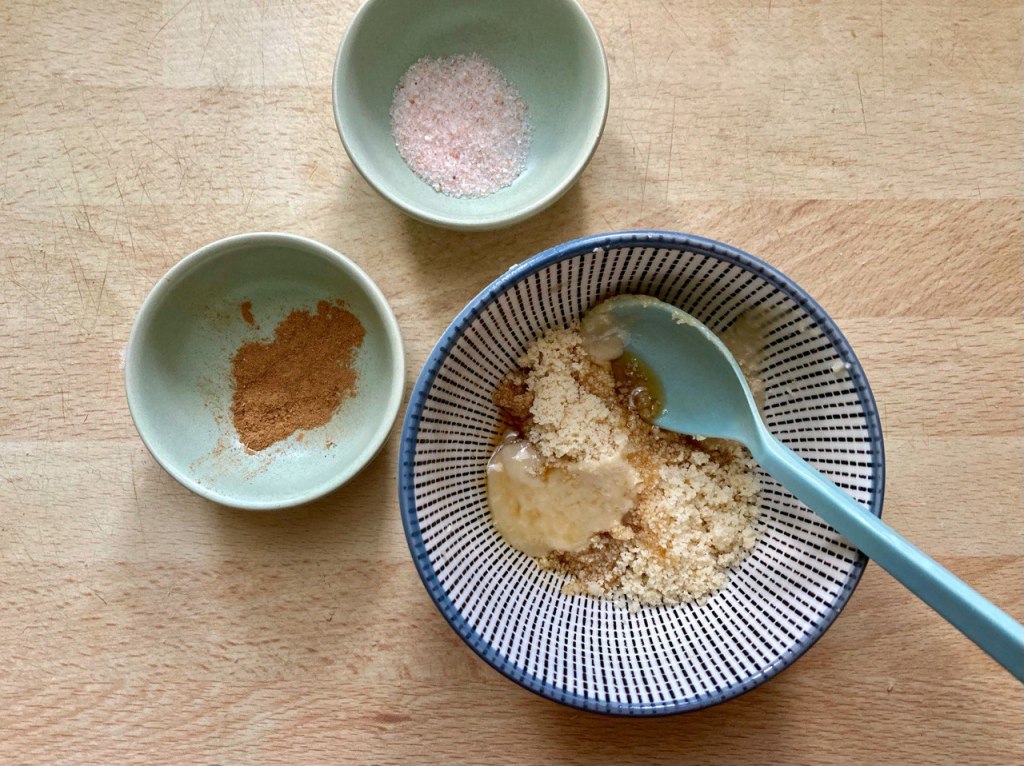
I often make just one doughnut hole at a time, mixing up the ingredients in a small condiment bowl.
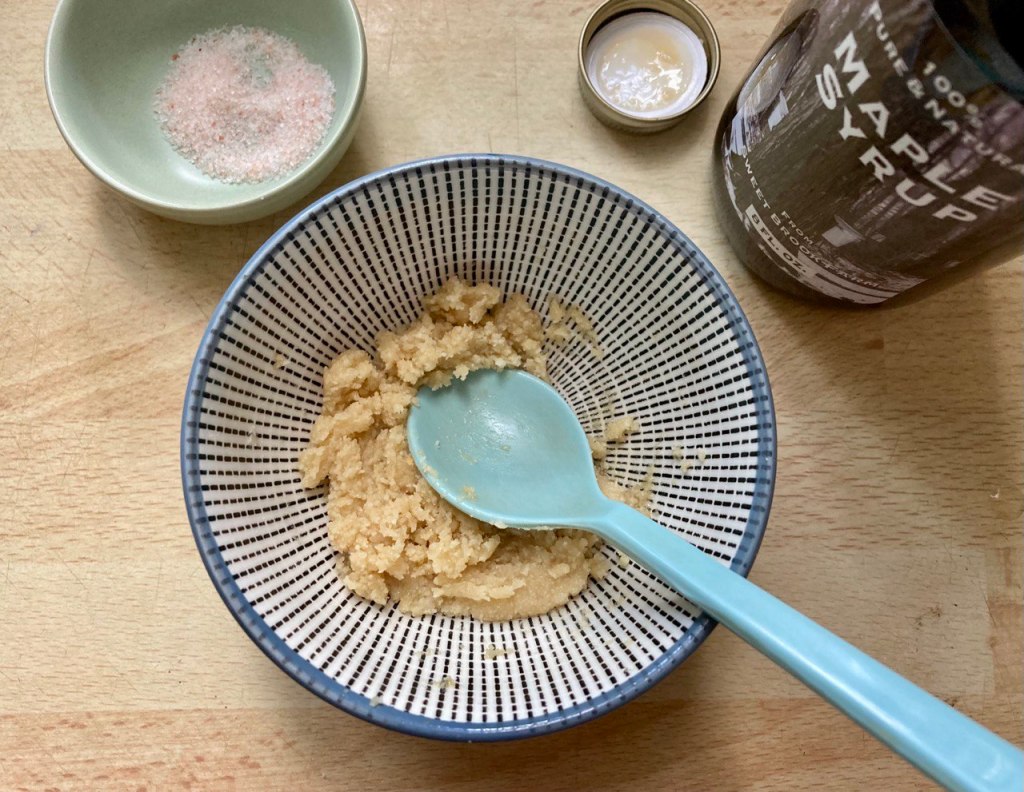
Mash the ingredients together against the bottom of the bowl with a spoon for best results.
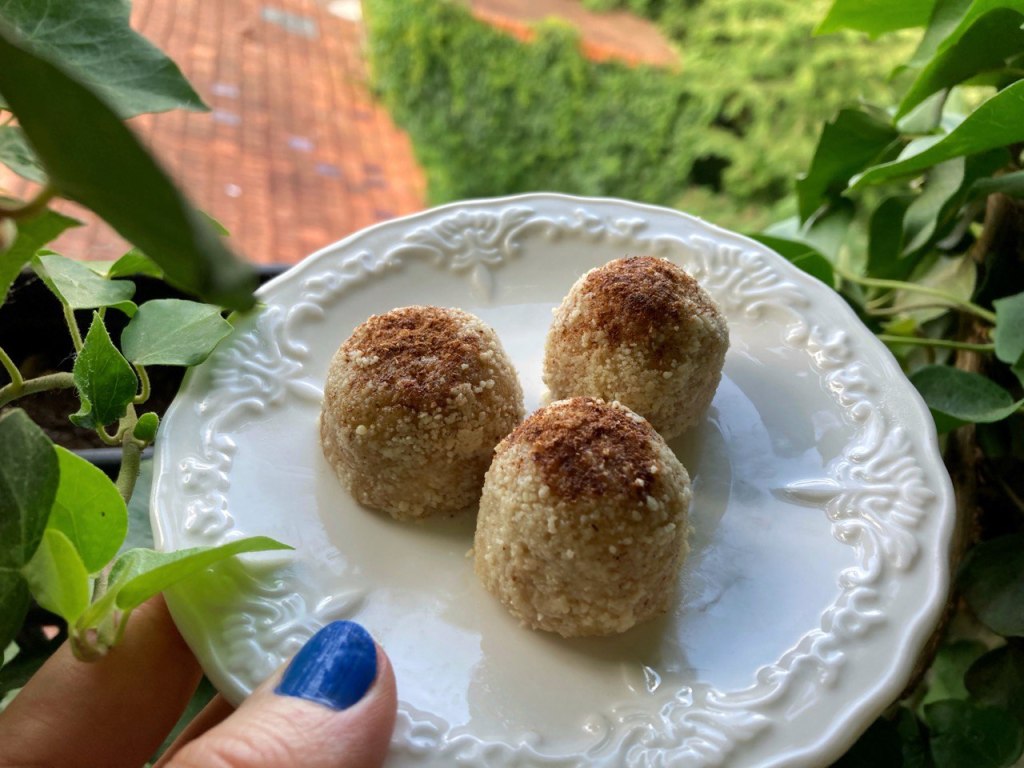
Enjoy! Don’t forget to tag me on Instagram if you make these and post them there. 🙂
And if you too are a big fan of nut and seed butters in general, take a look at my nut butter cake, peanut butter and chocolate cookies, striped sesame cake and black sesame turnovers.

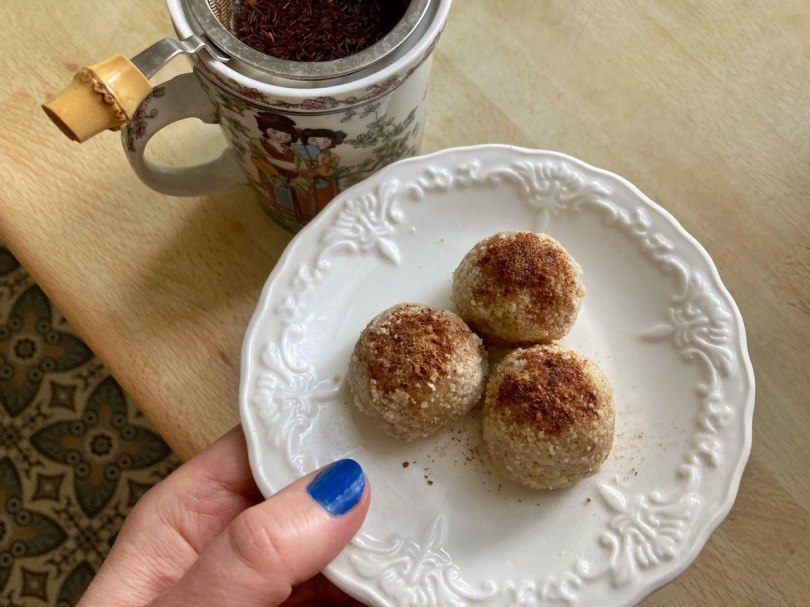
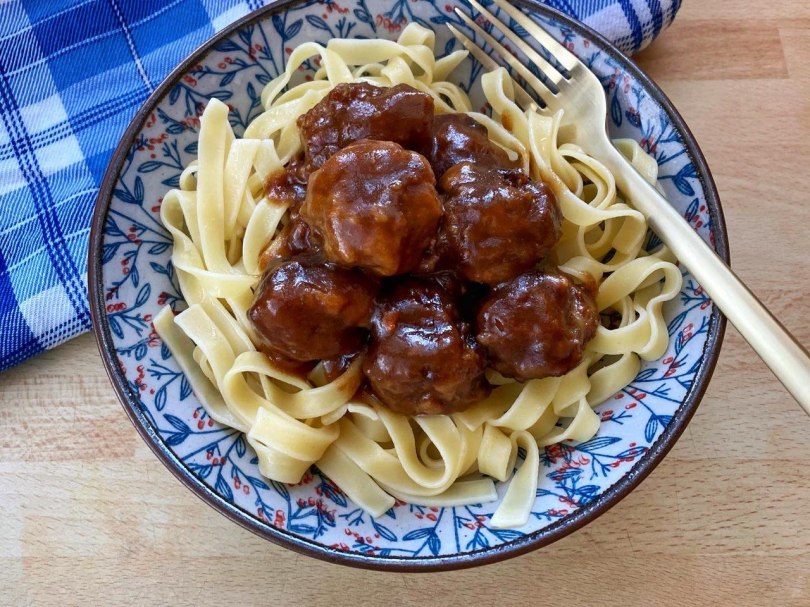
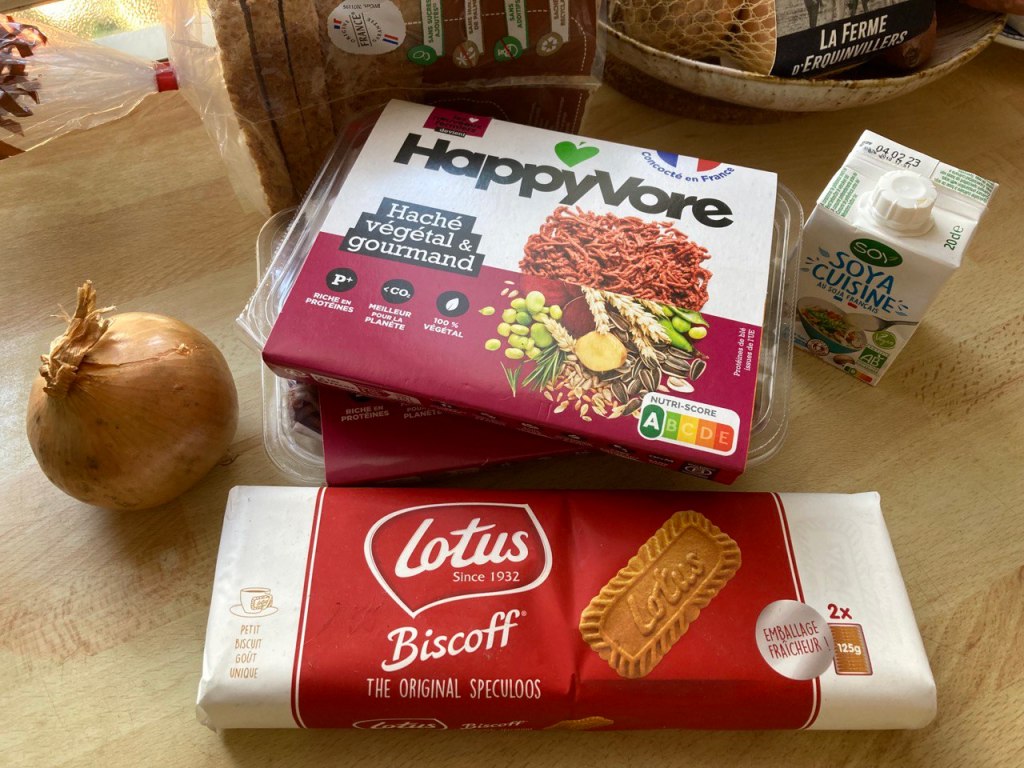
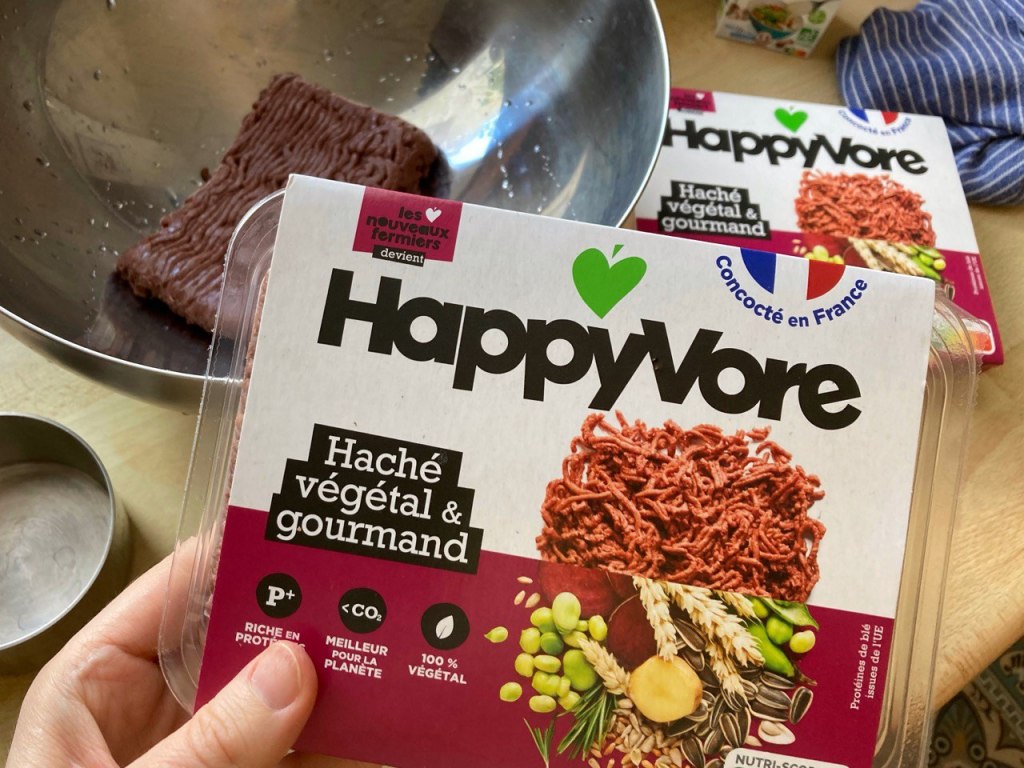
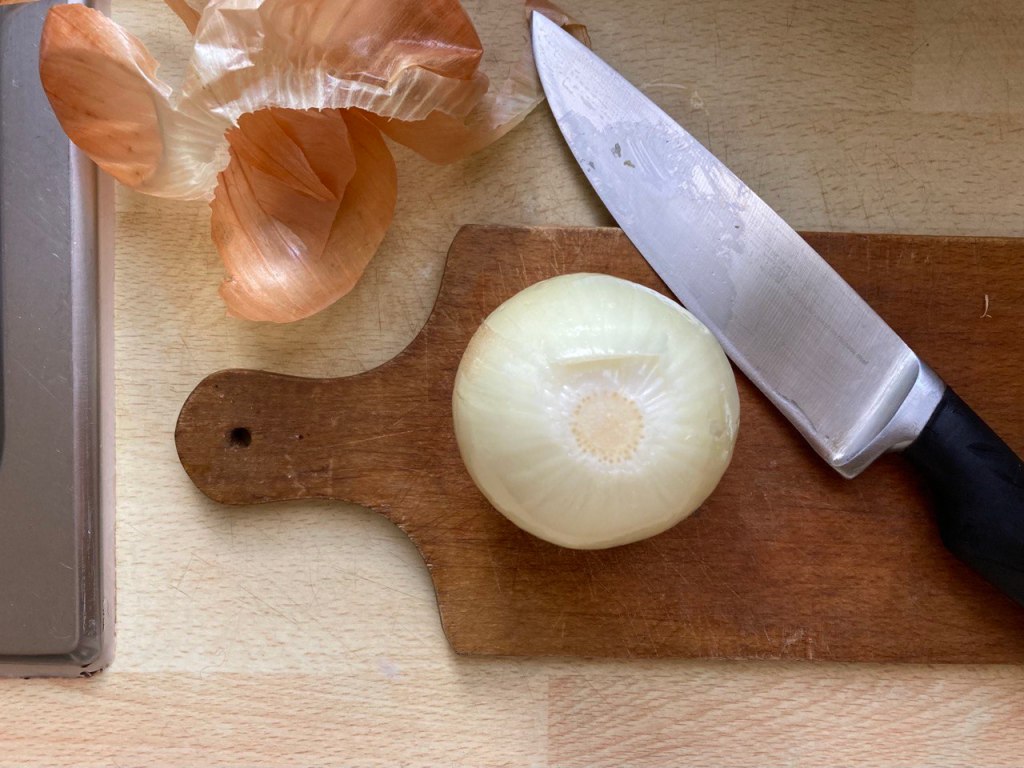
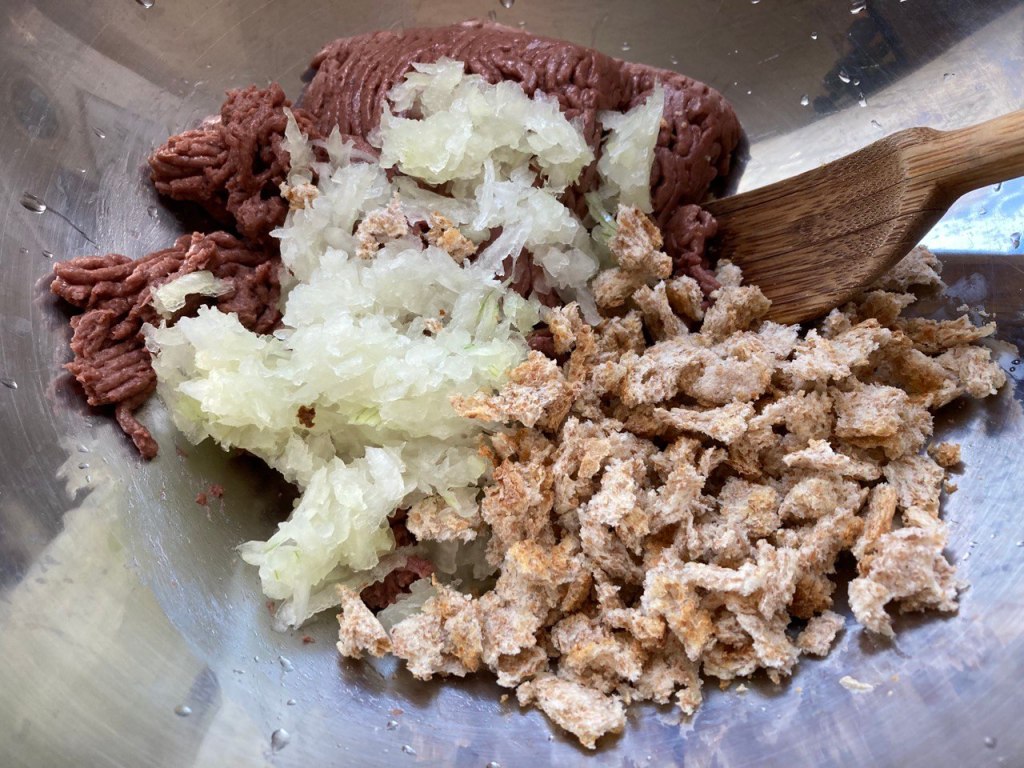
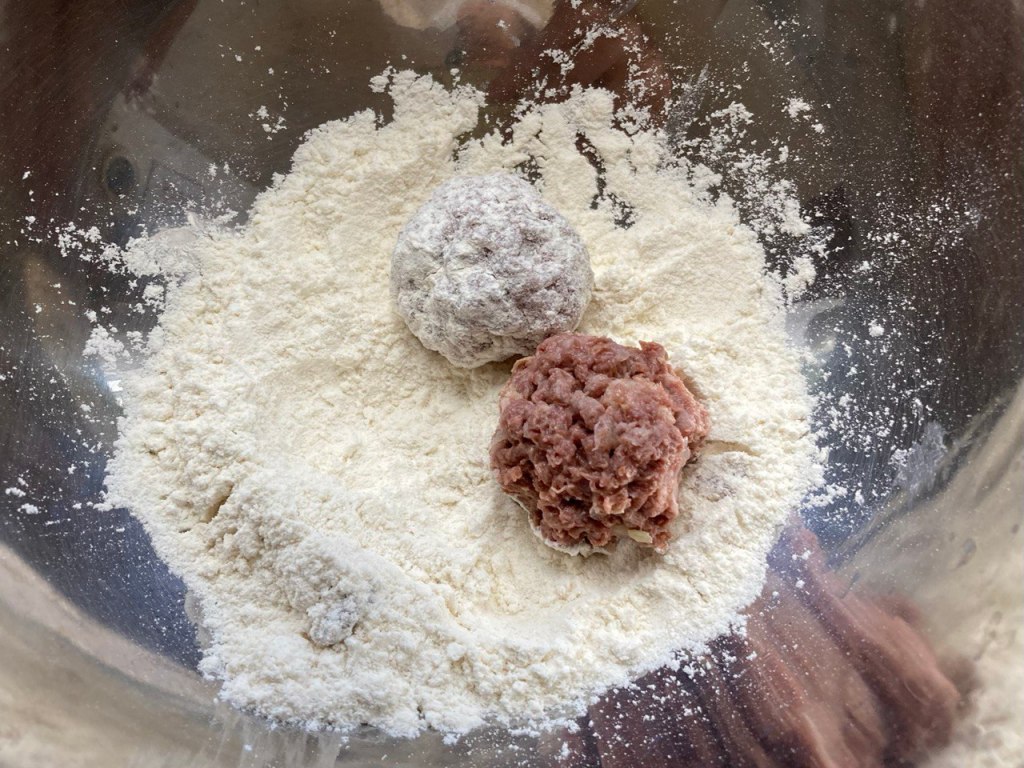
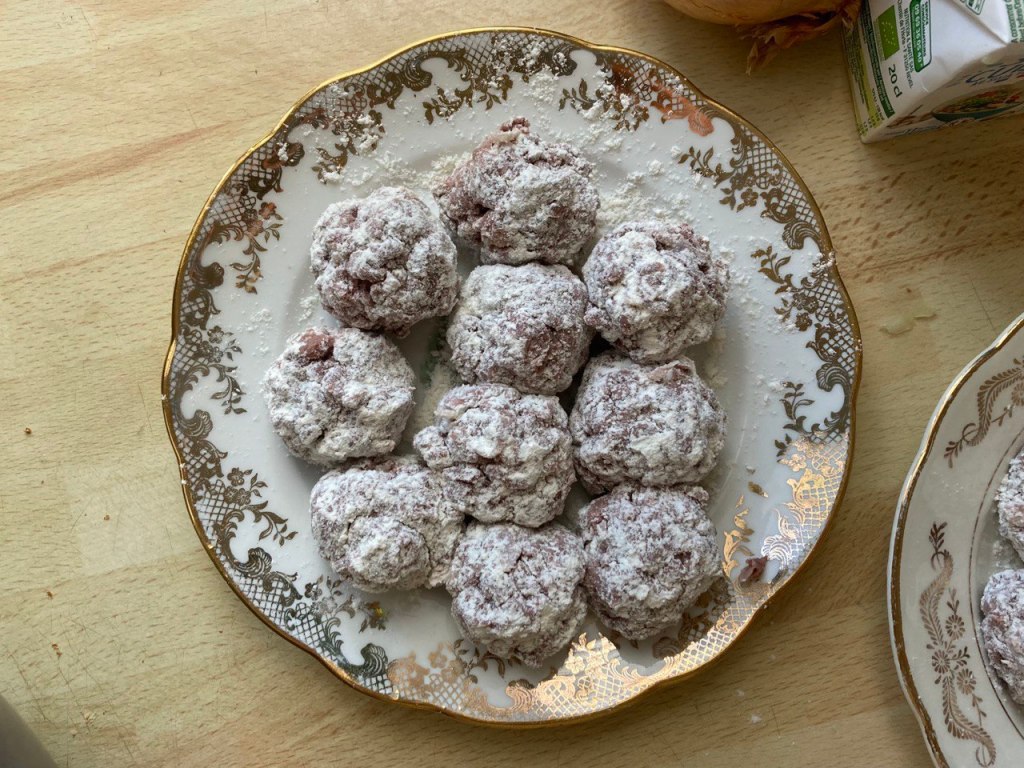
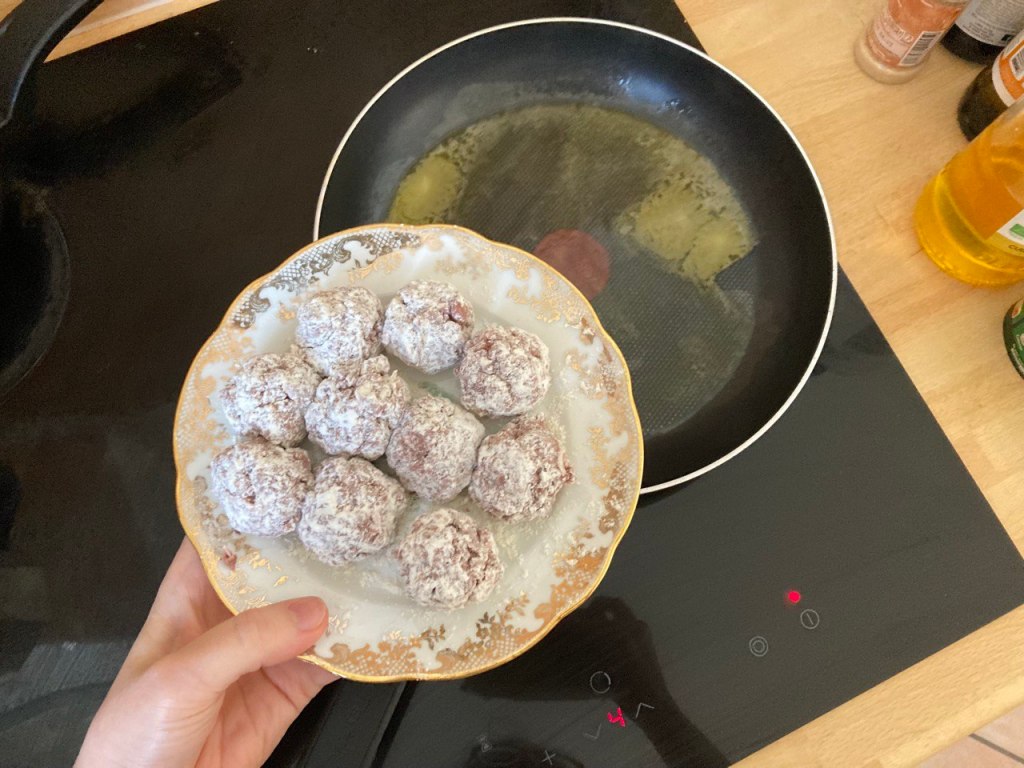
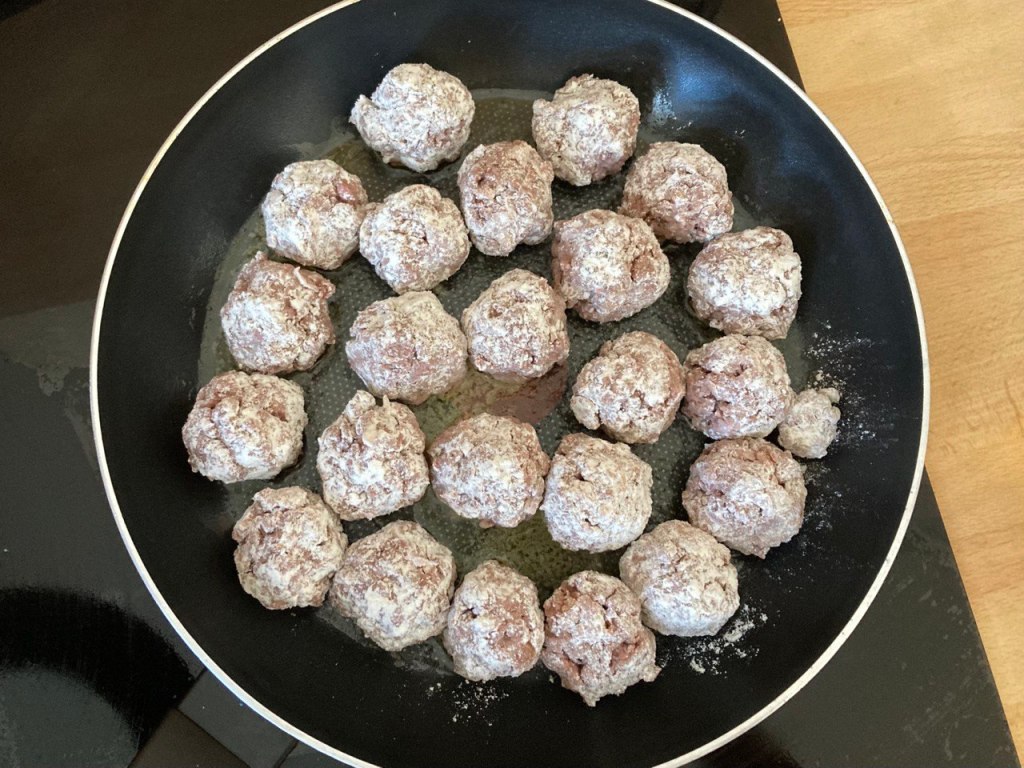
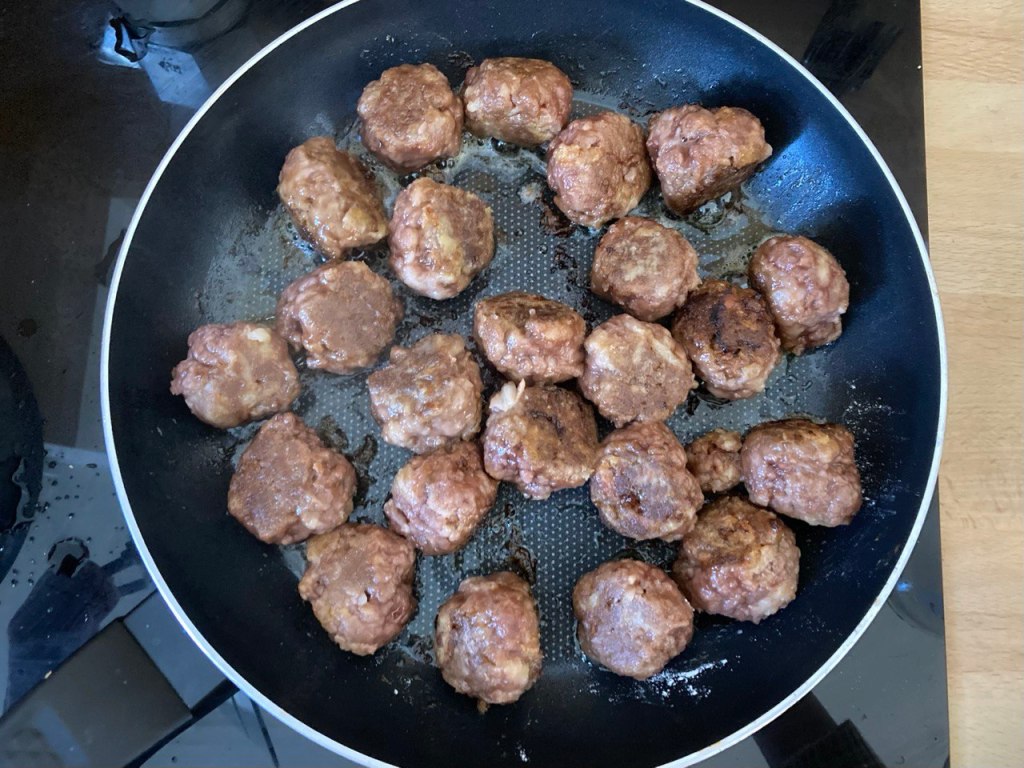
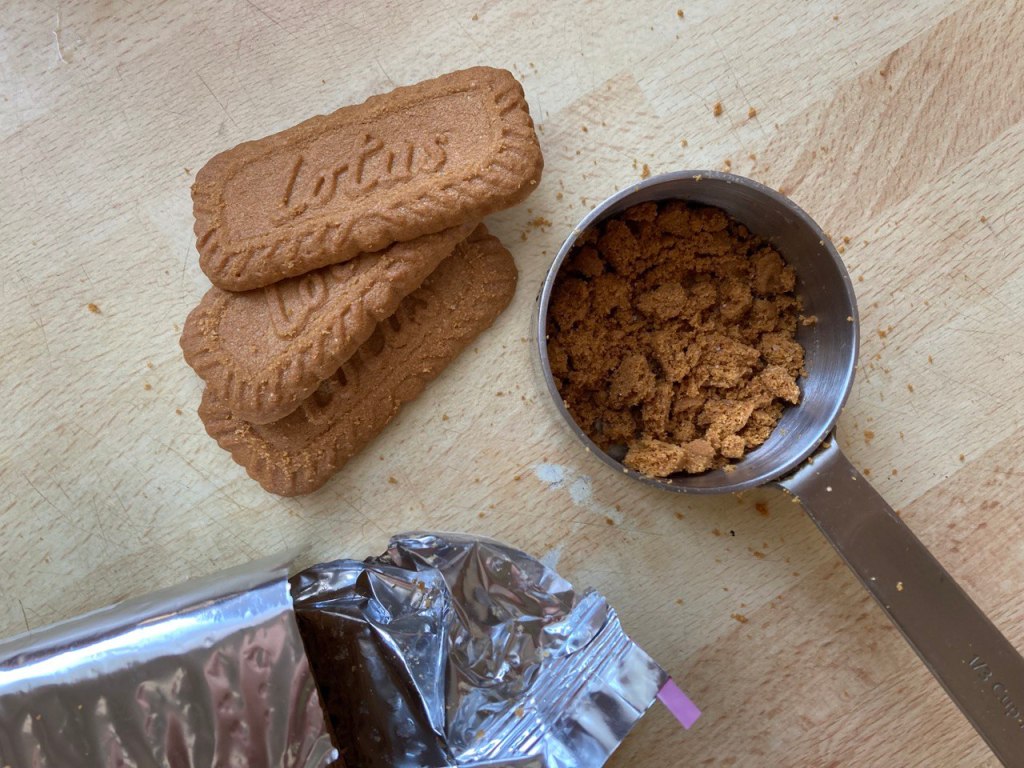
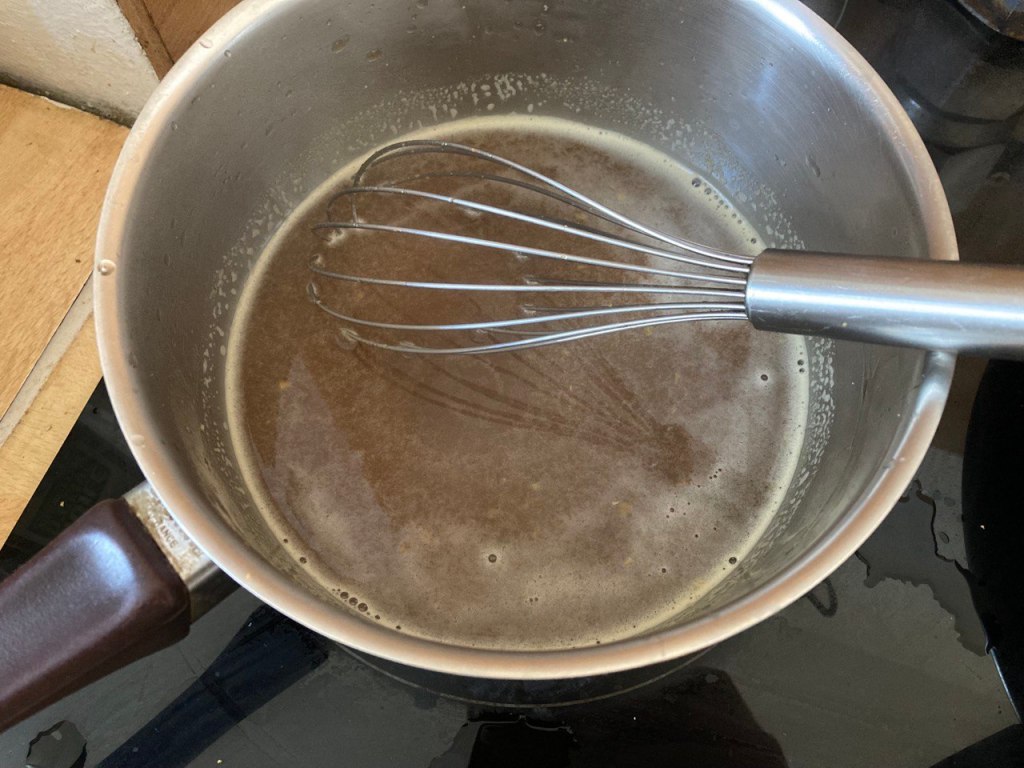
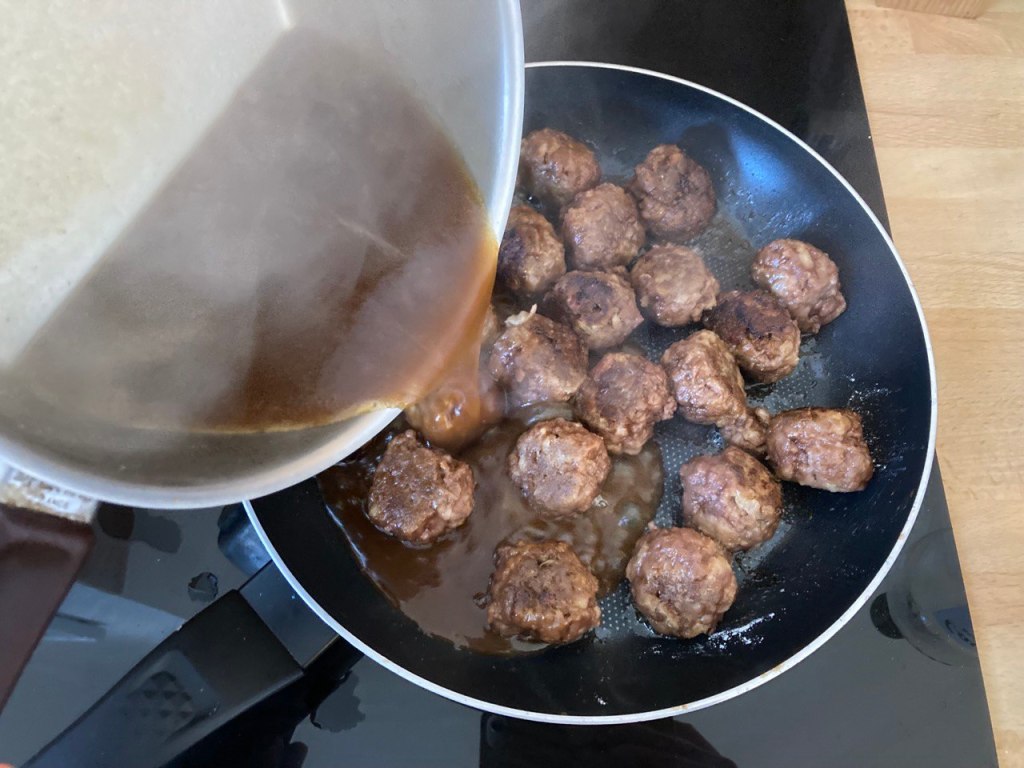
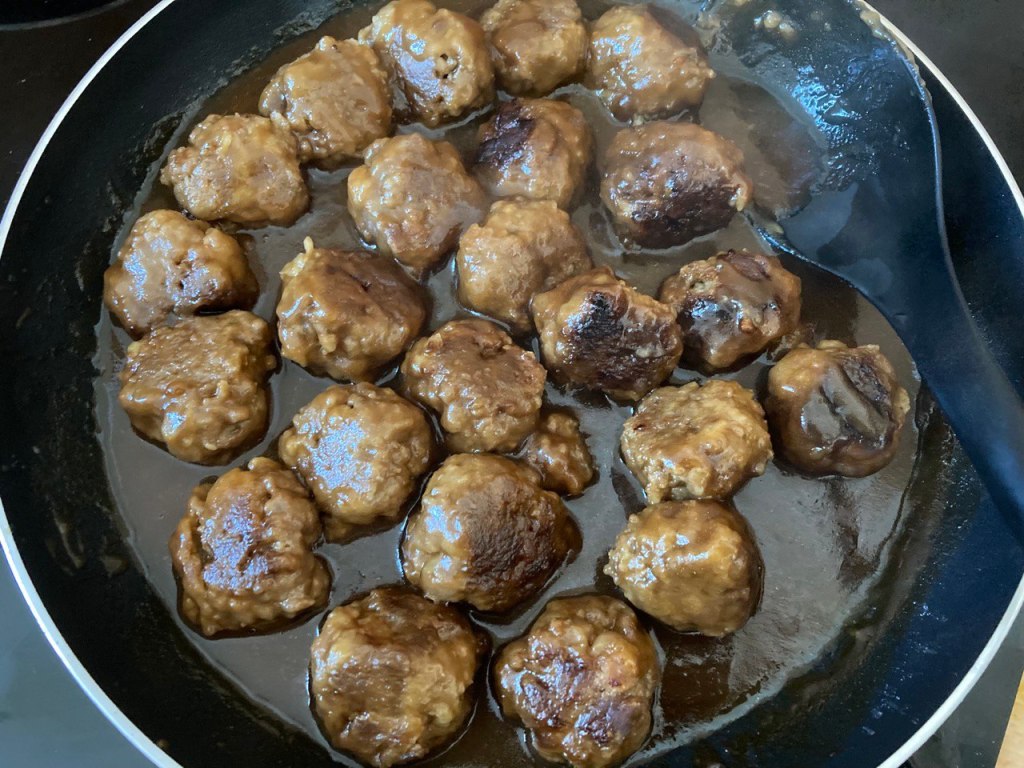
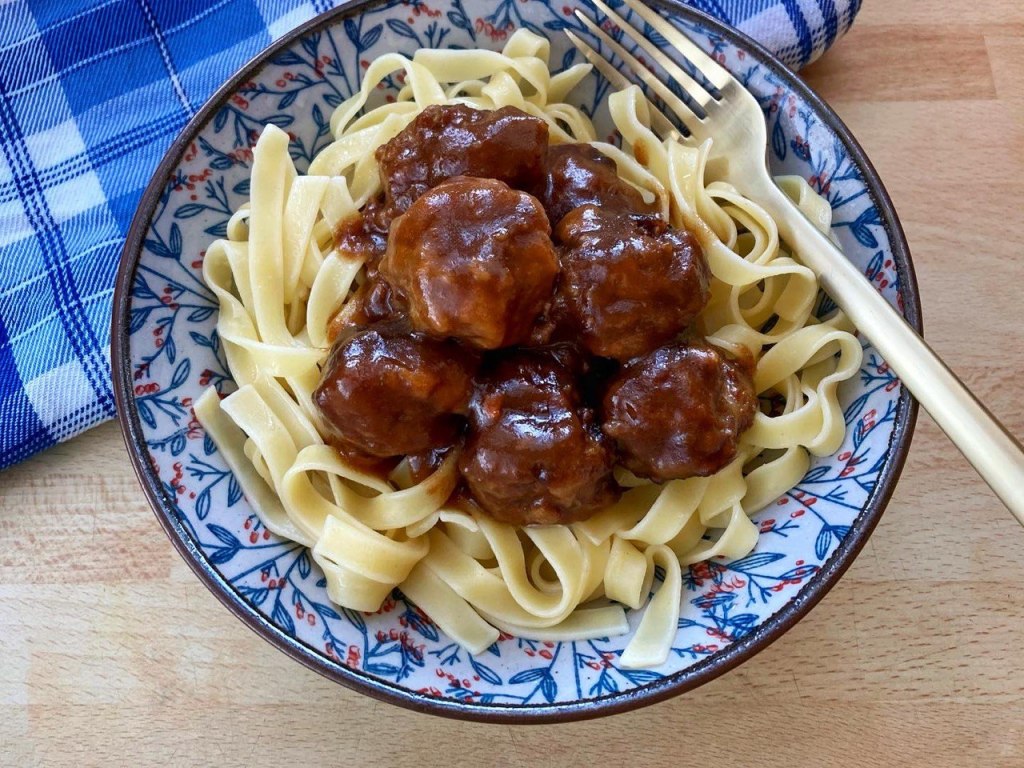
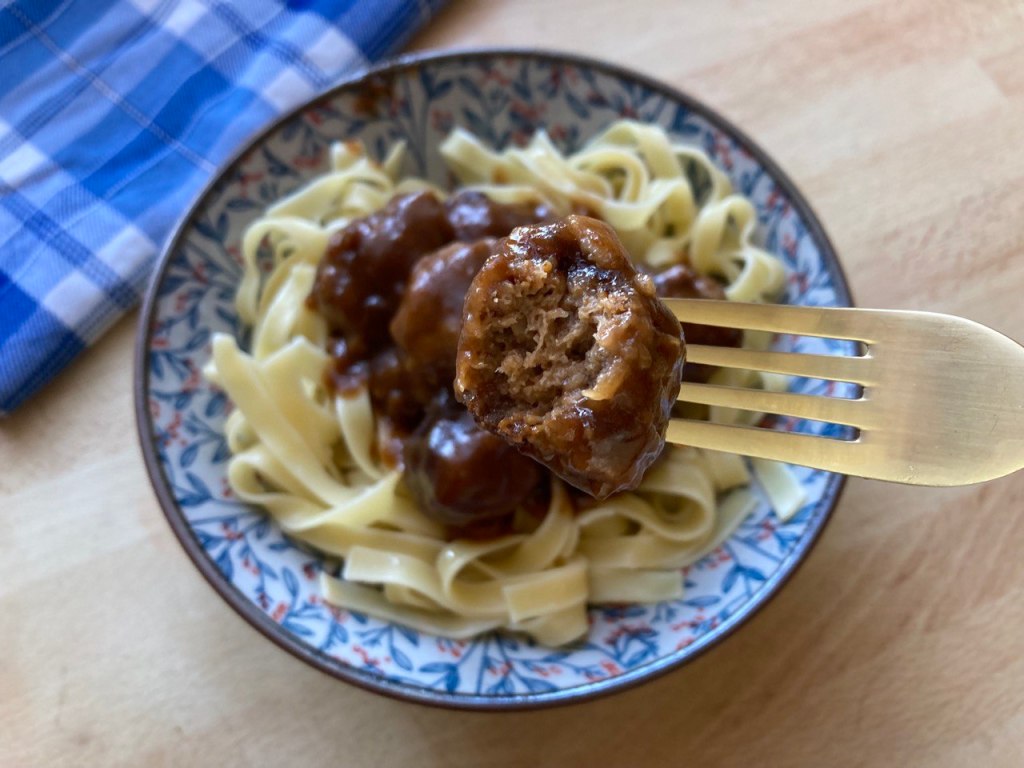

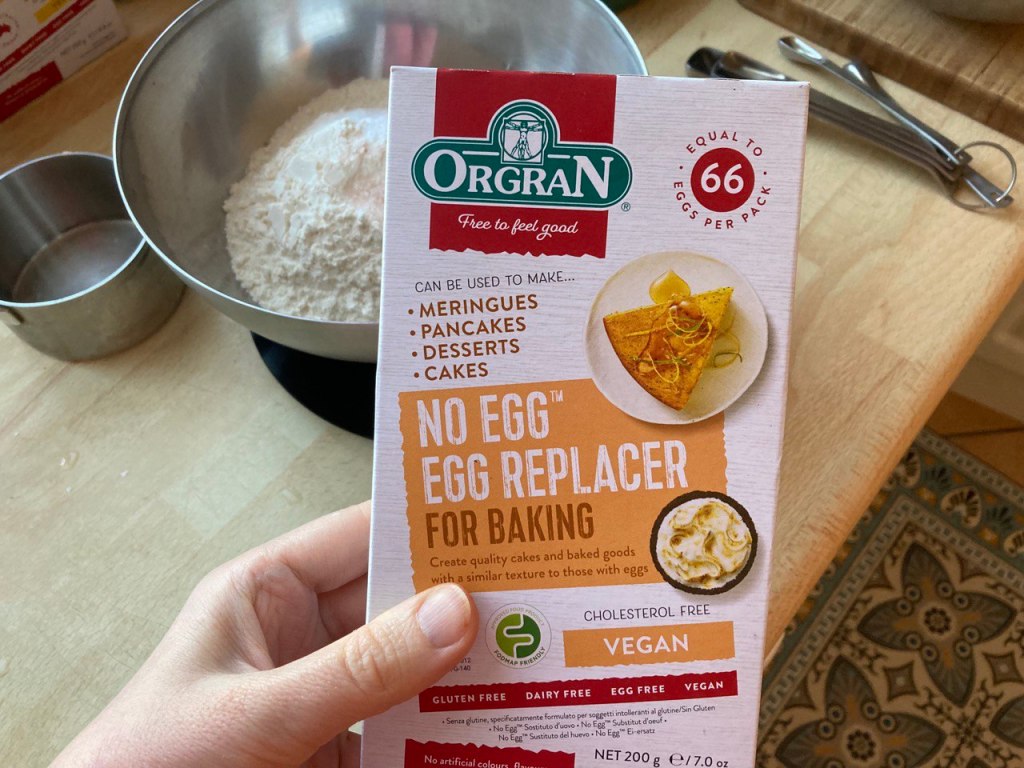
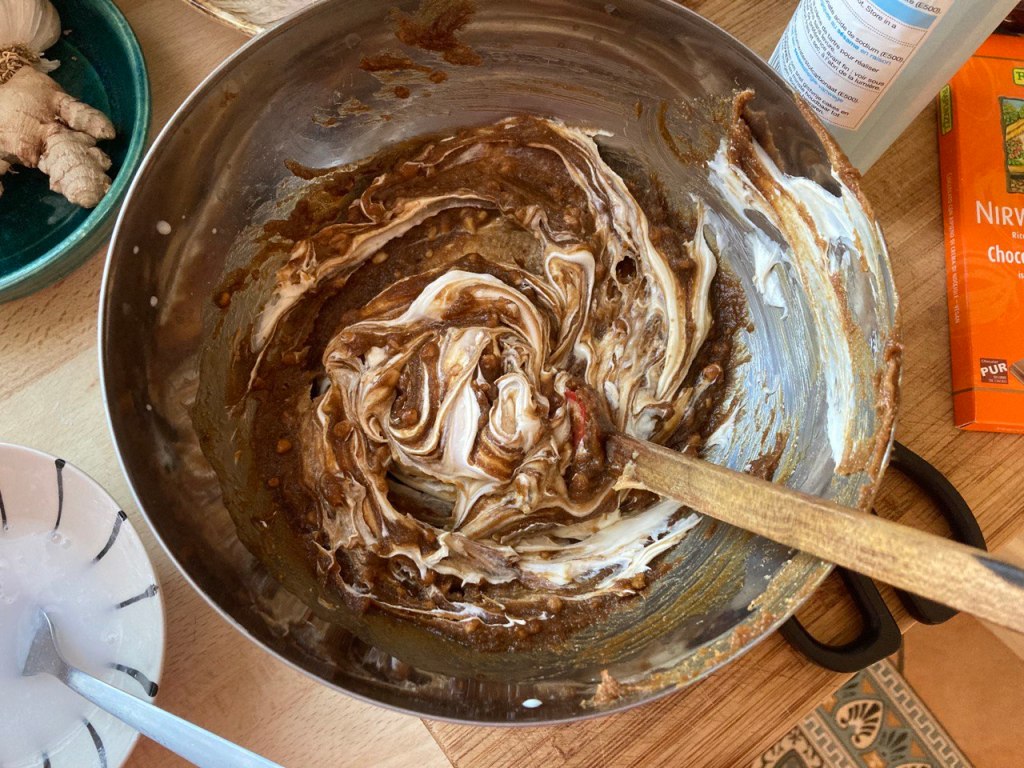
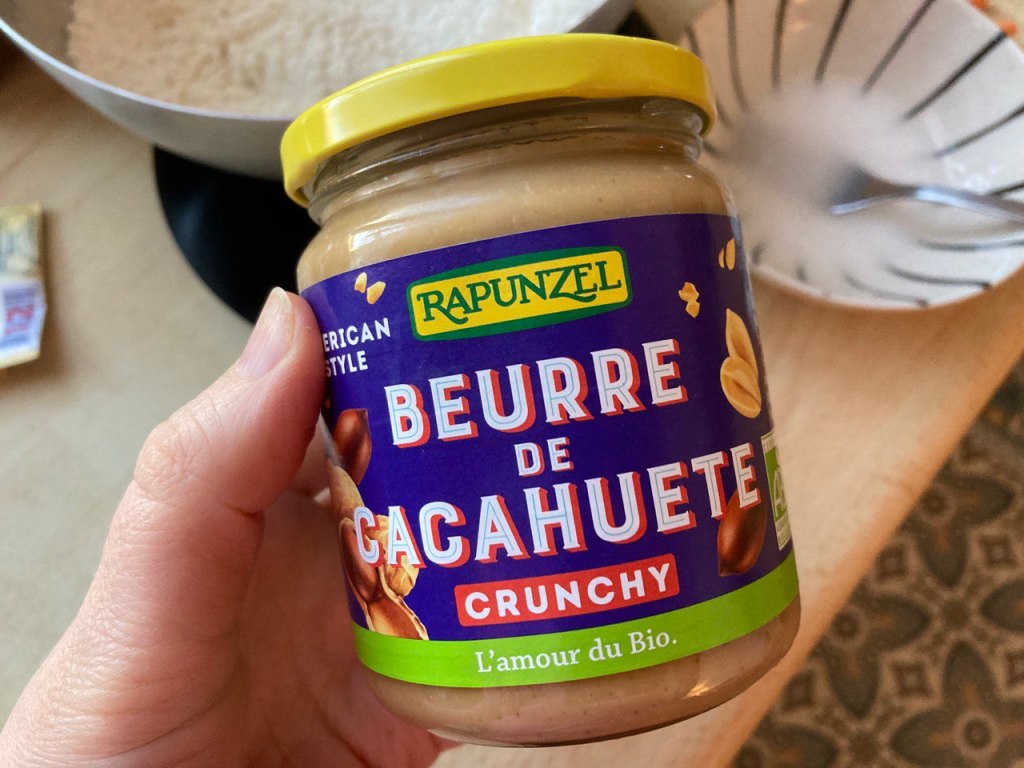
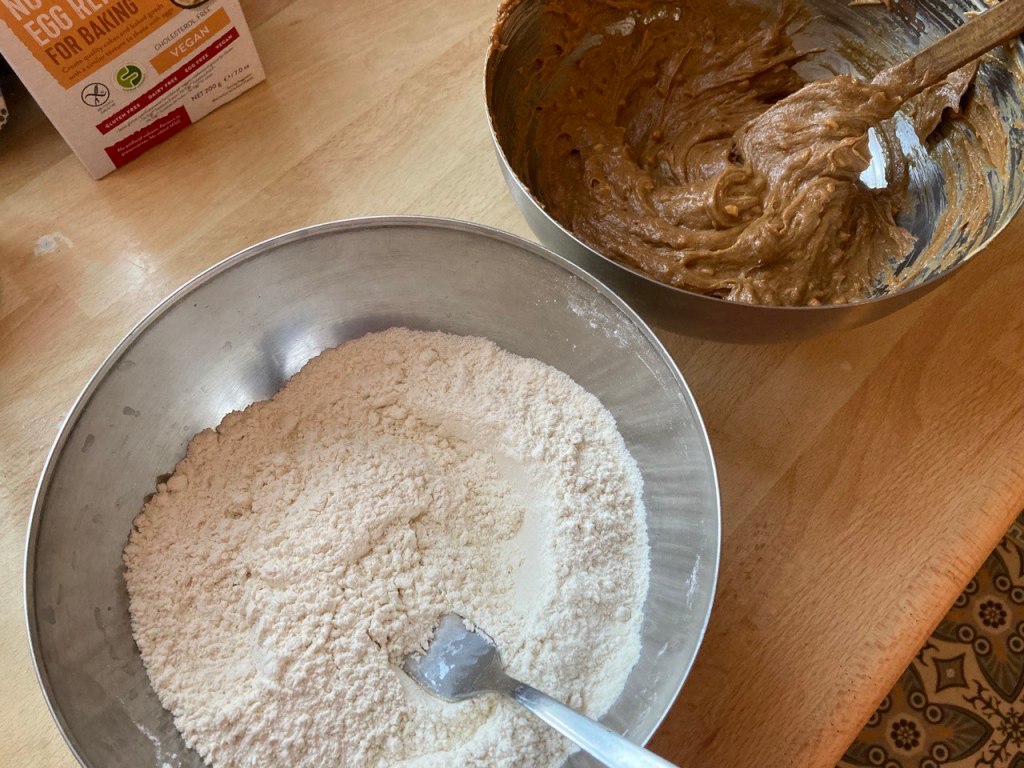
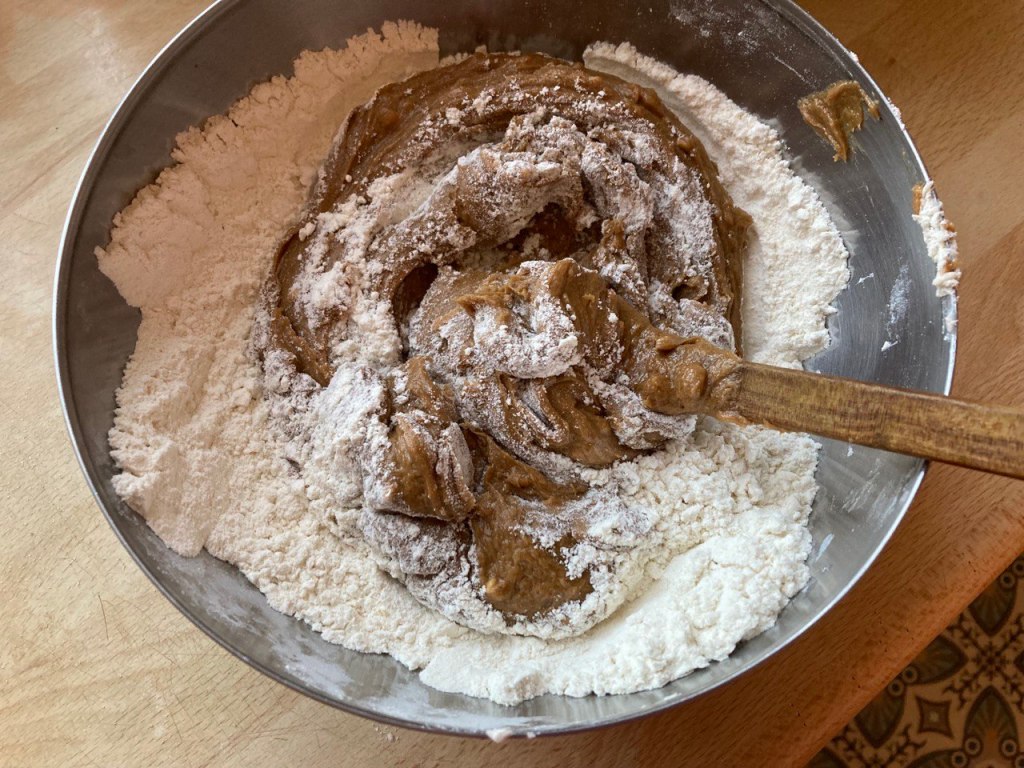
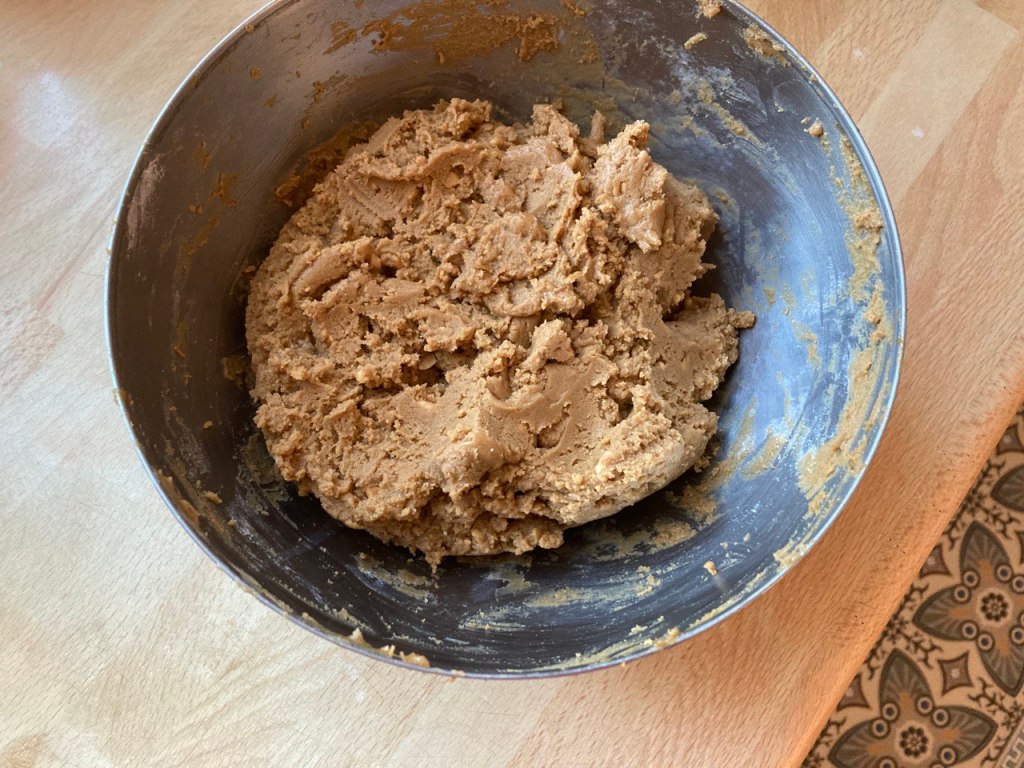
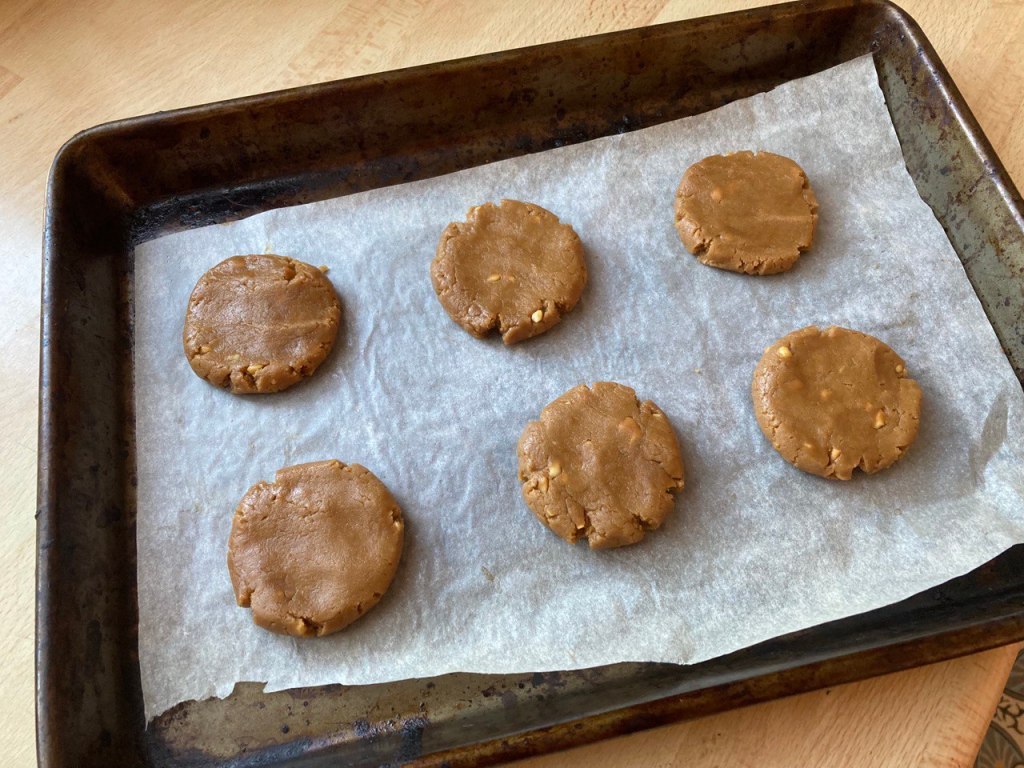
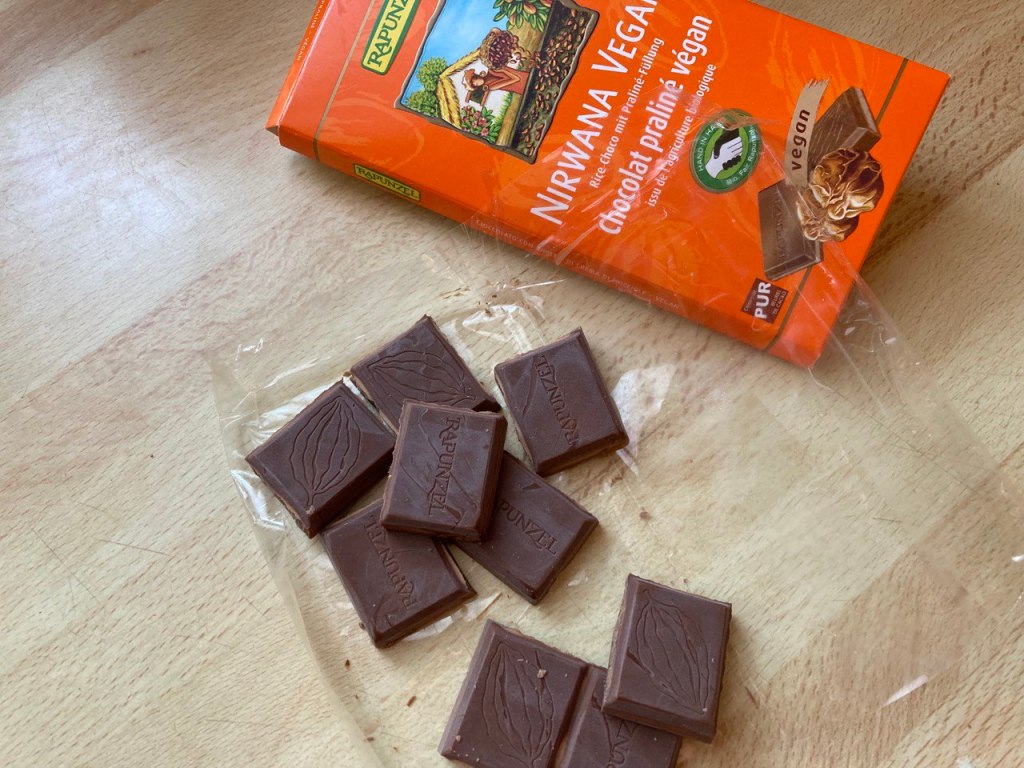



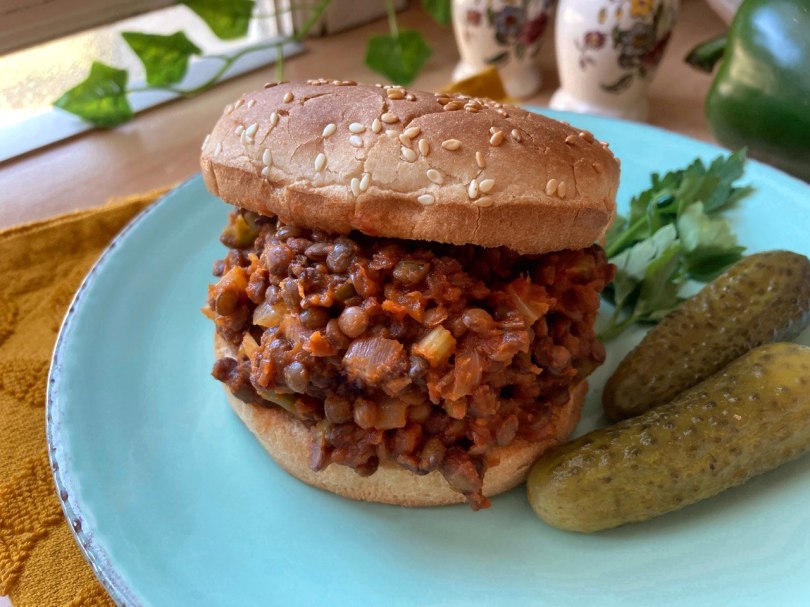
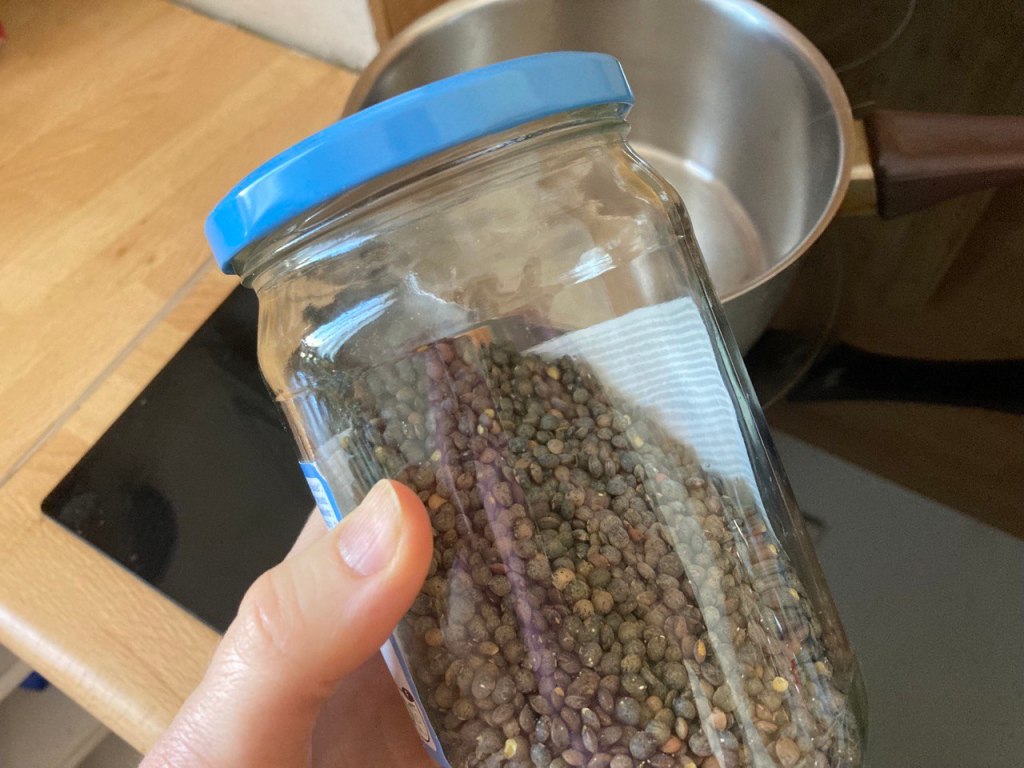
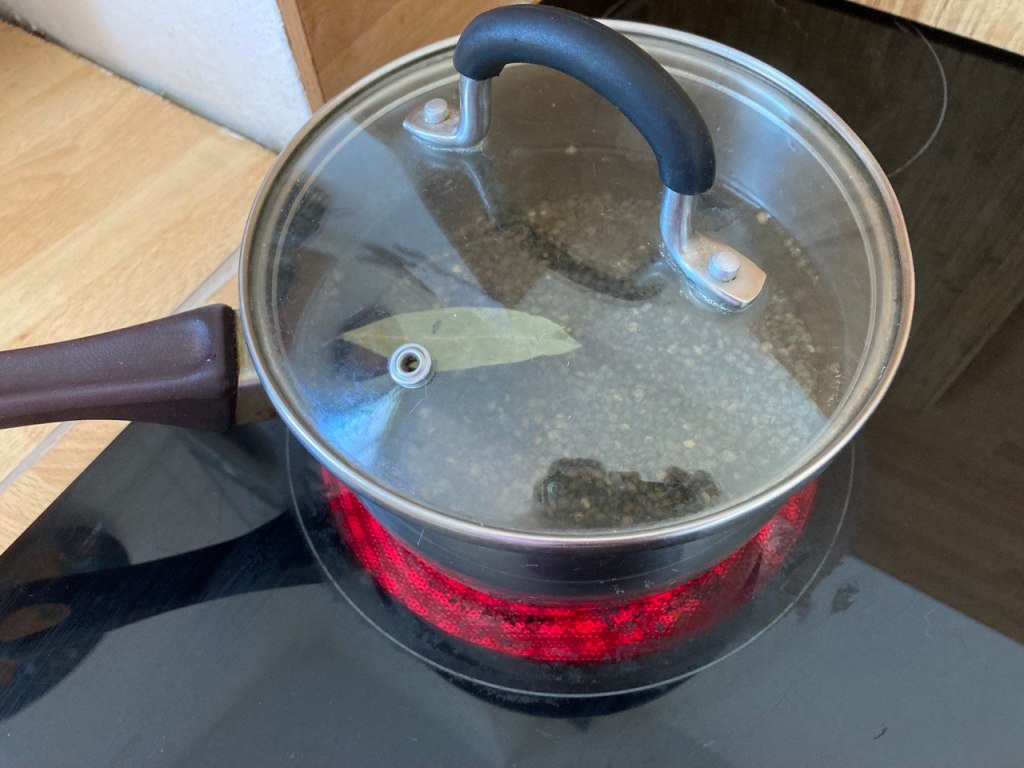
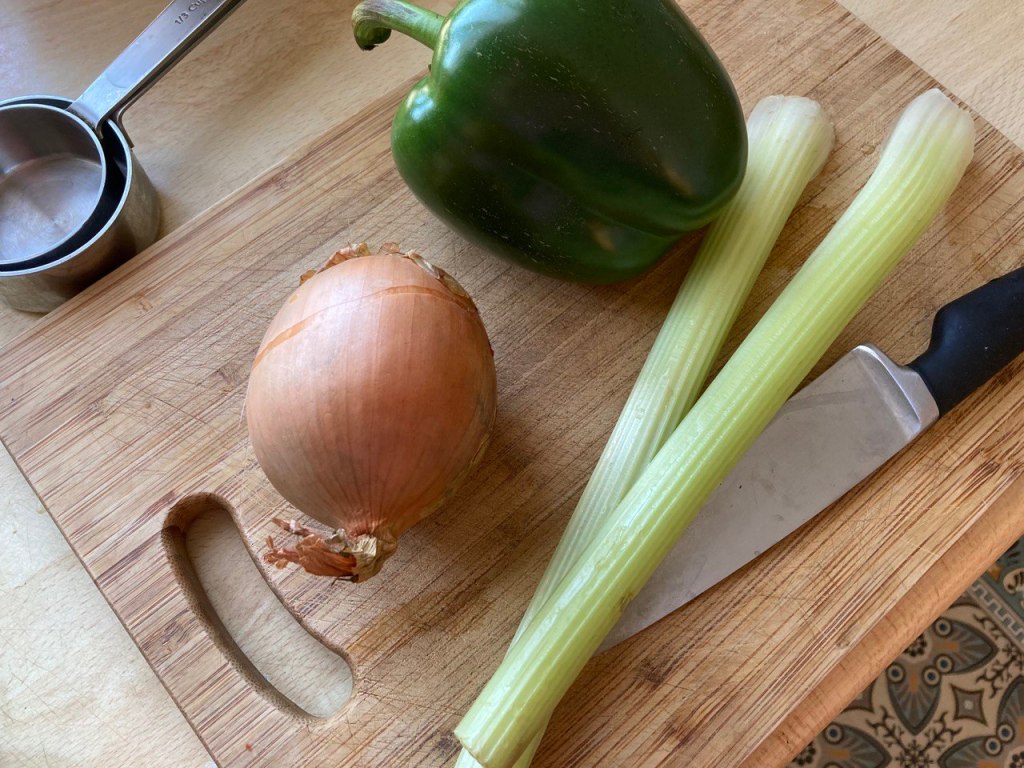
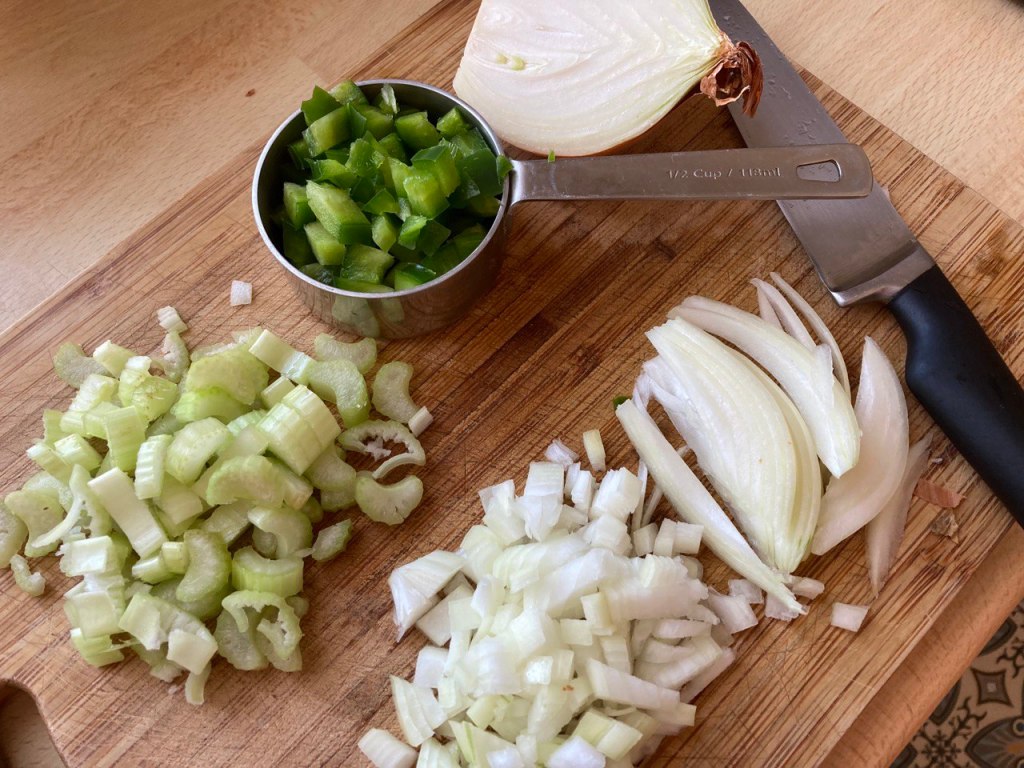
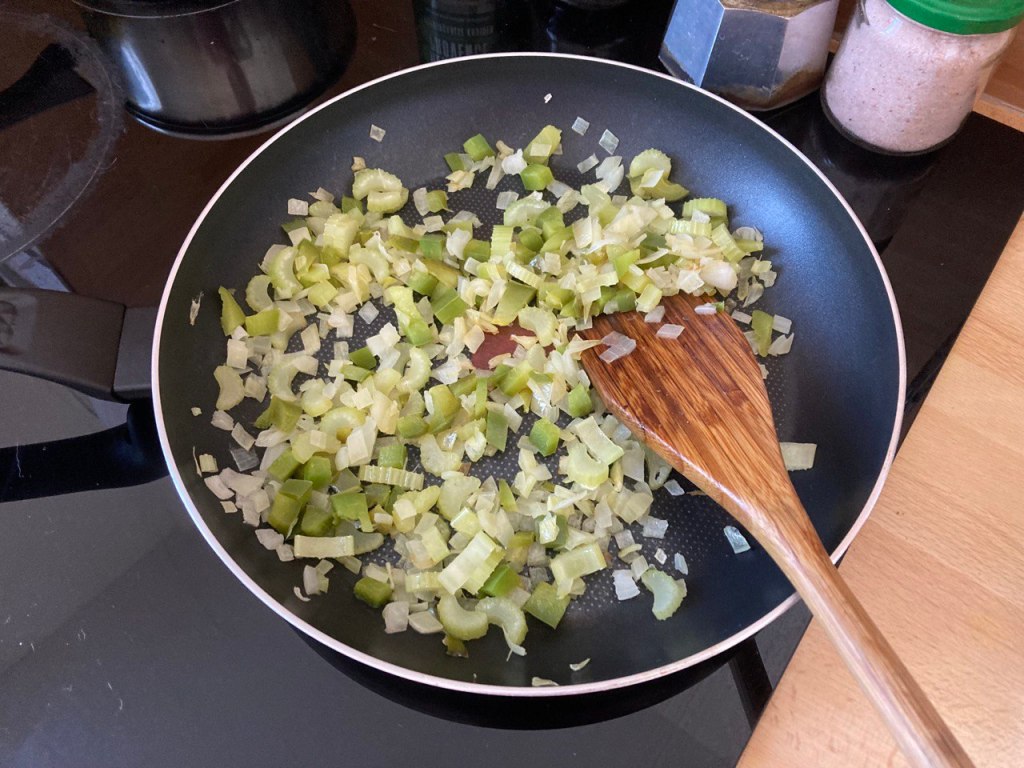
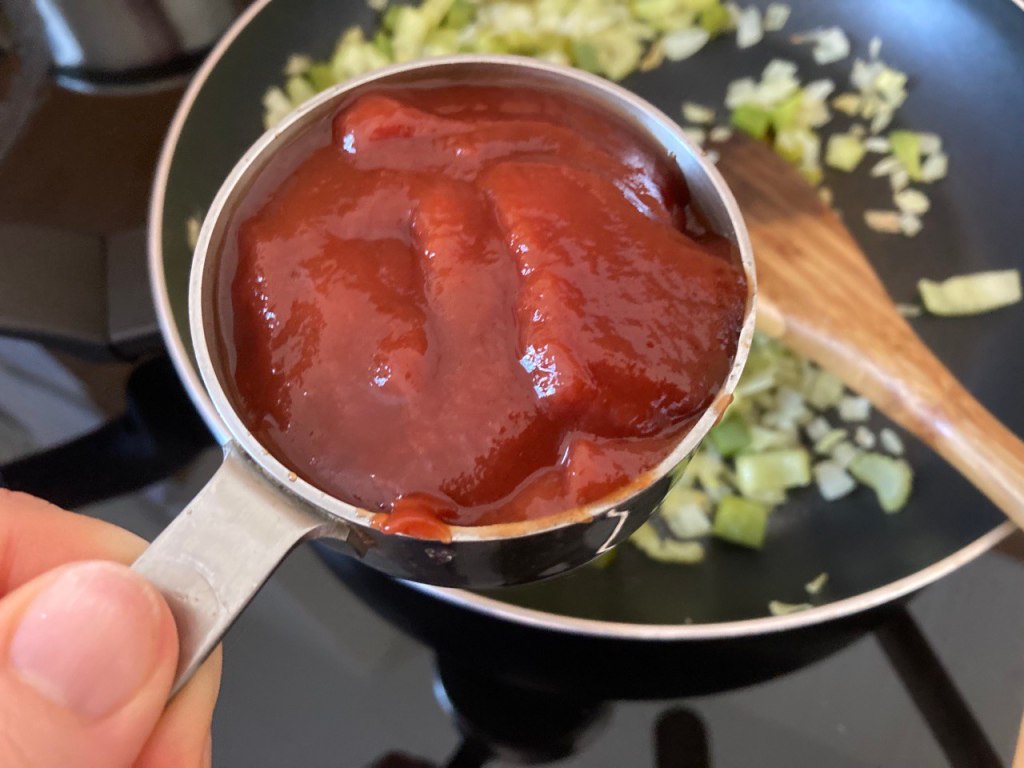
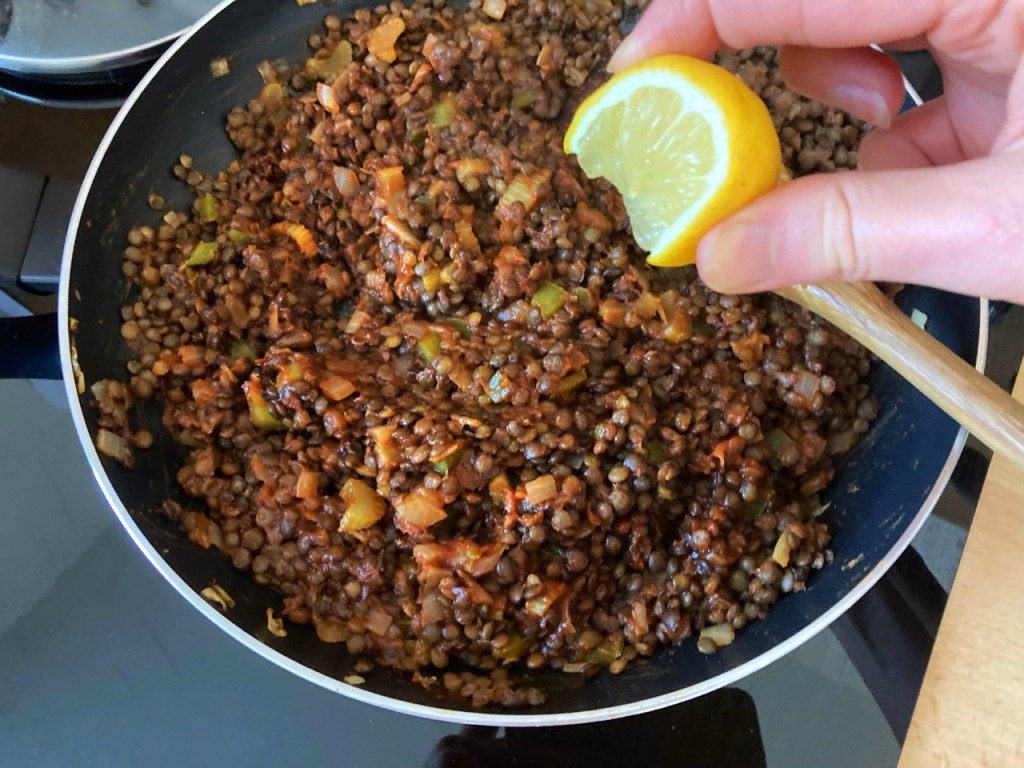
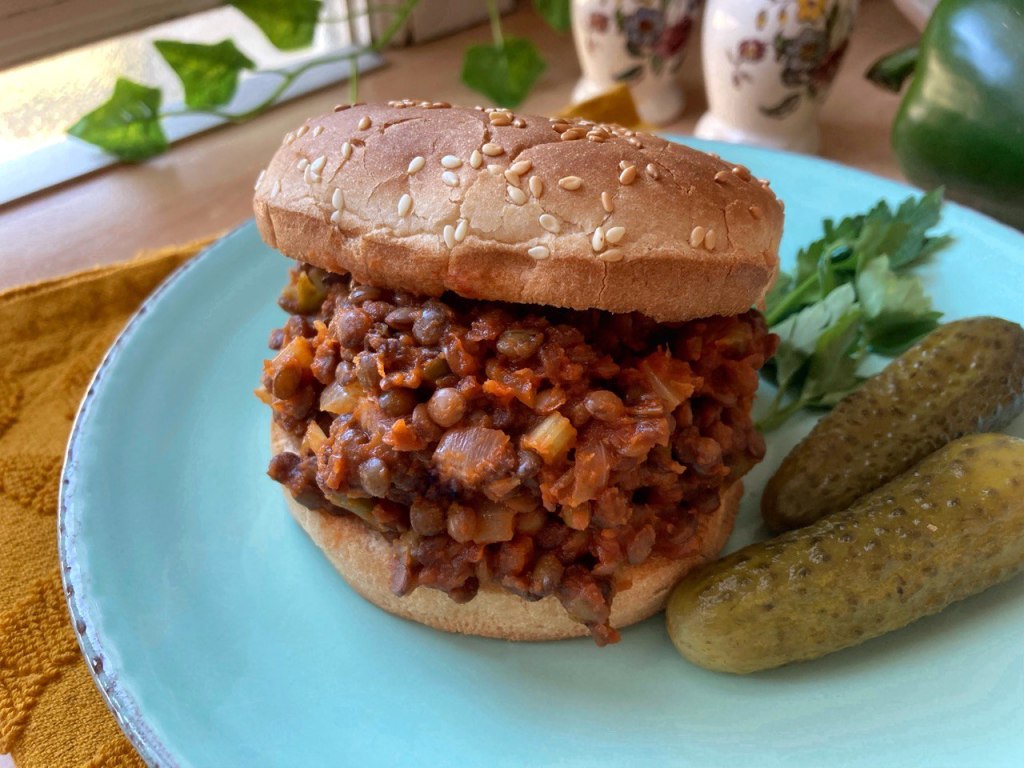





















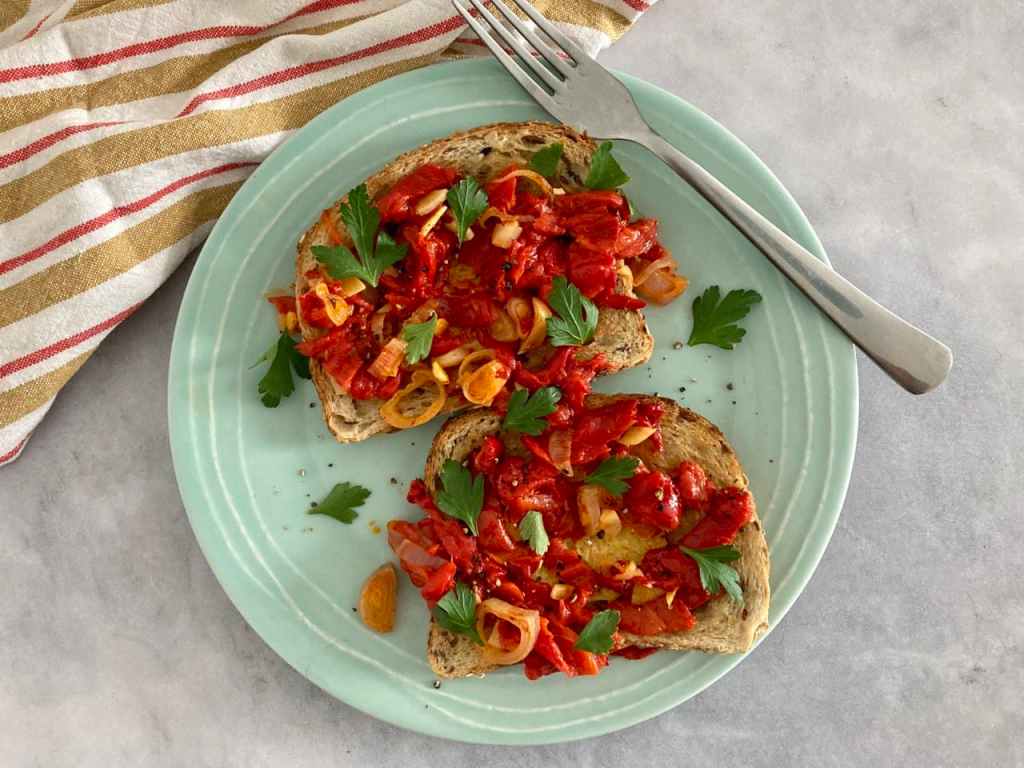


















































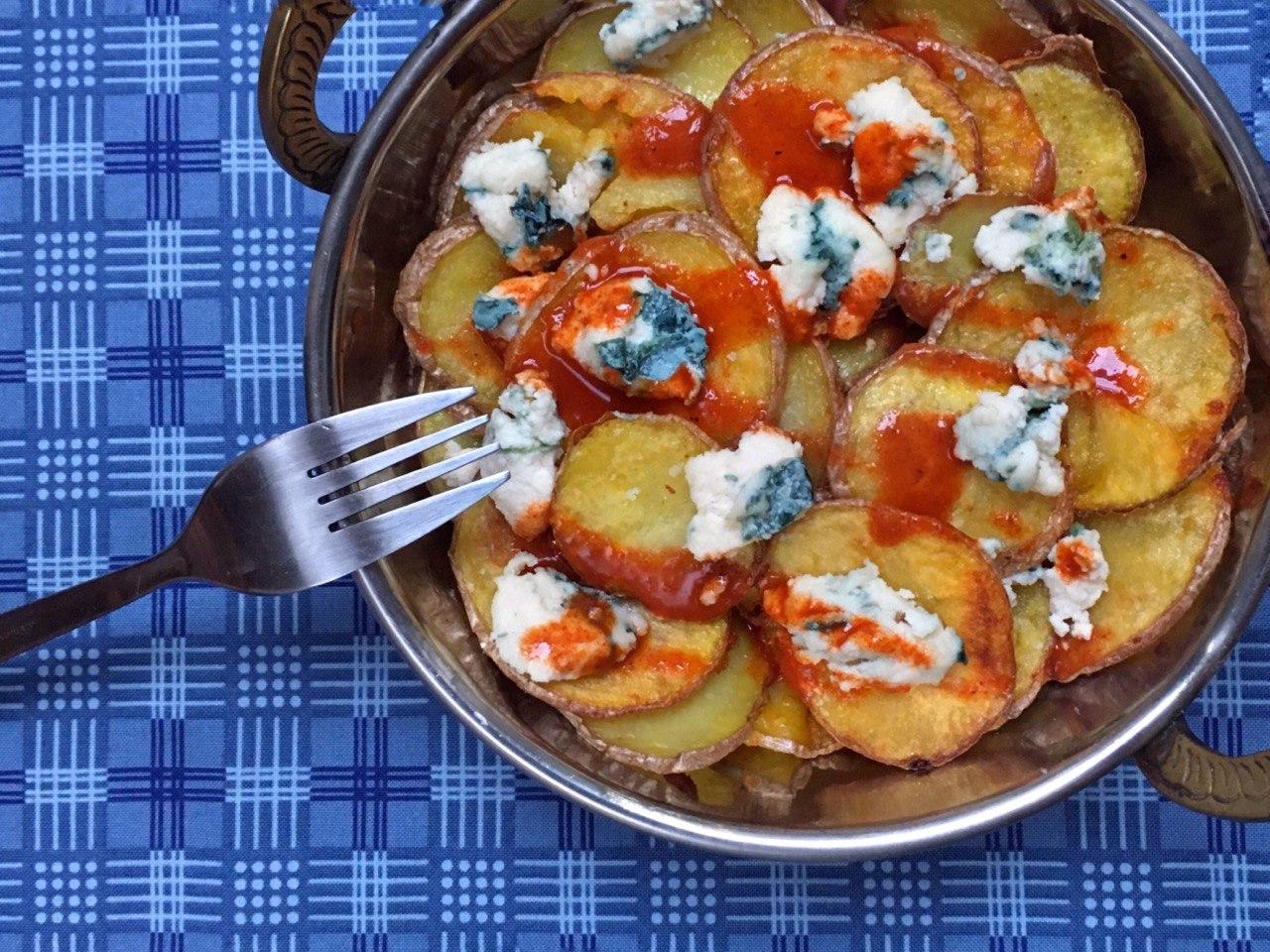



 Today we have yet another recipe I concocted while visiting my parents back in the US this summer. I’d purchased a bottle of
Today we have yet another recipe I concocted while visiting my parents back in the US this summer. I’d purchased a bottle of  I thought it would be fun to make a similar drink with a vegan twist, using Baileys Almande and nice cream (blended frozen bananas) instead of ice cream made from animal milk, and this is the result, which I have named “white squirrel.”
I thought it would be fun to make a similar drink with a vegan twist, using Baileys Almande and nice cream (blended frozen bananas) instead of ice cream made from animal milk, and this is the result, which I have named “white squirrel.”














